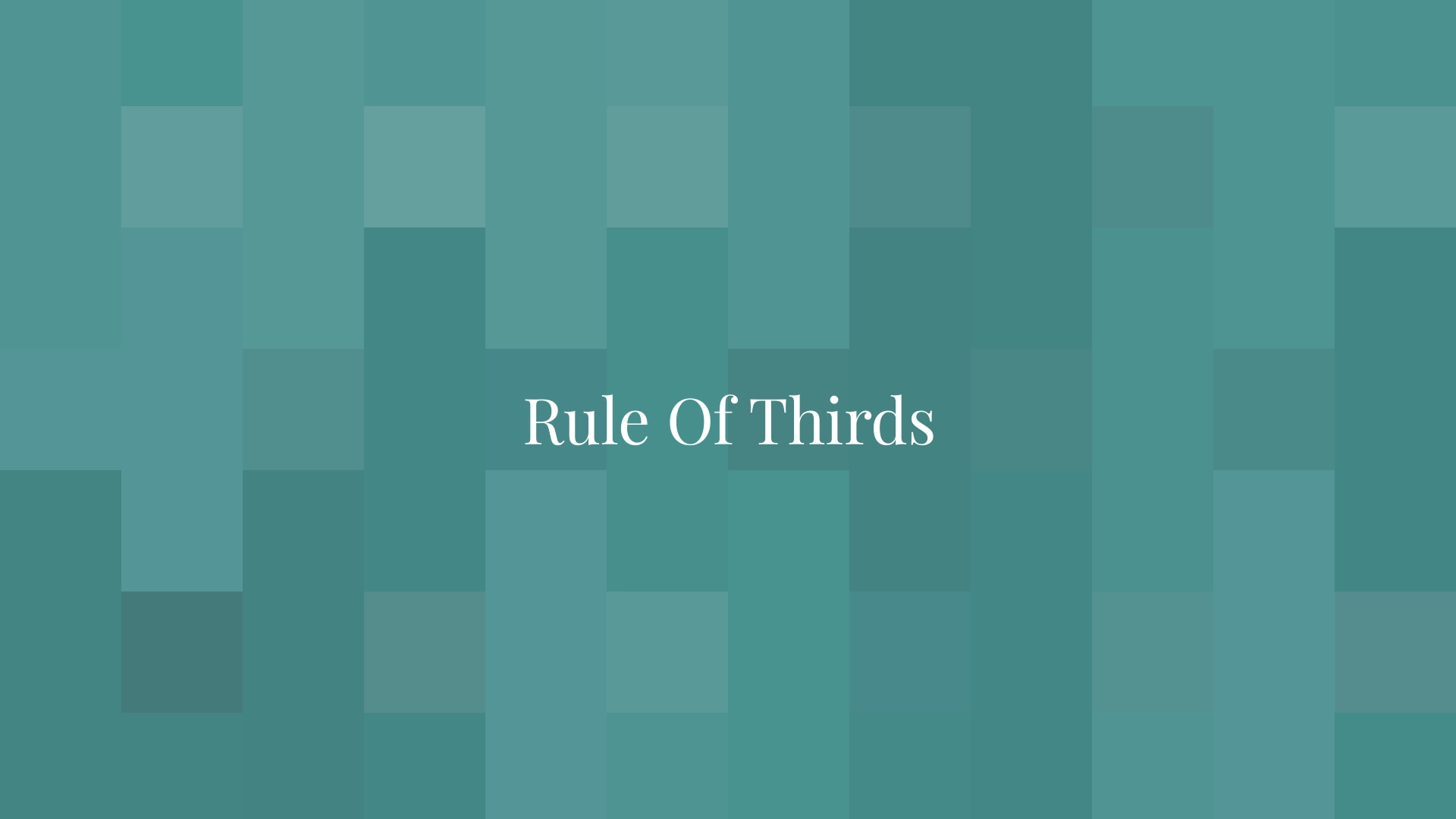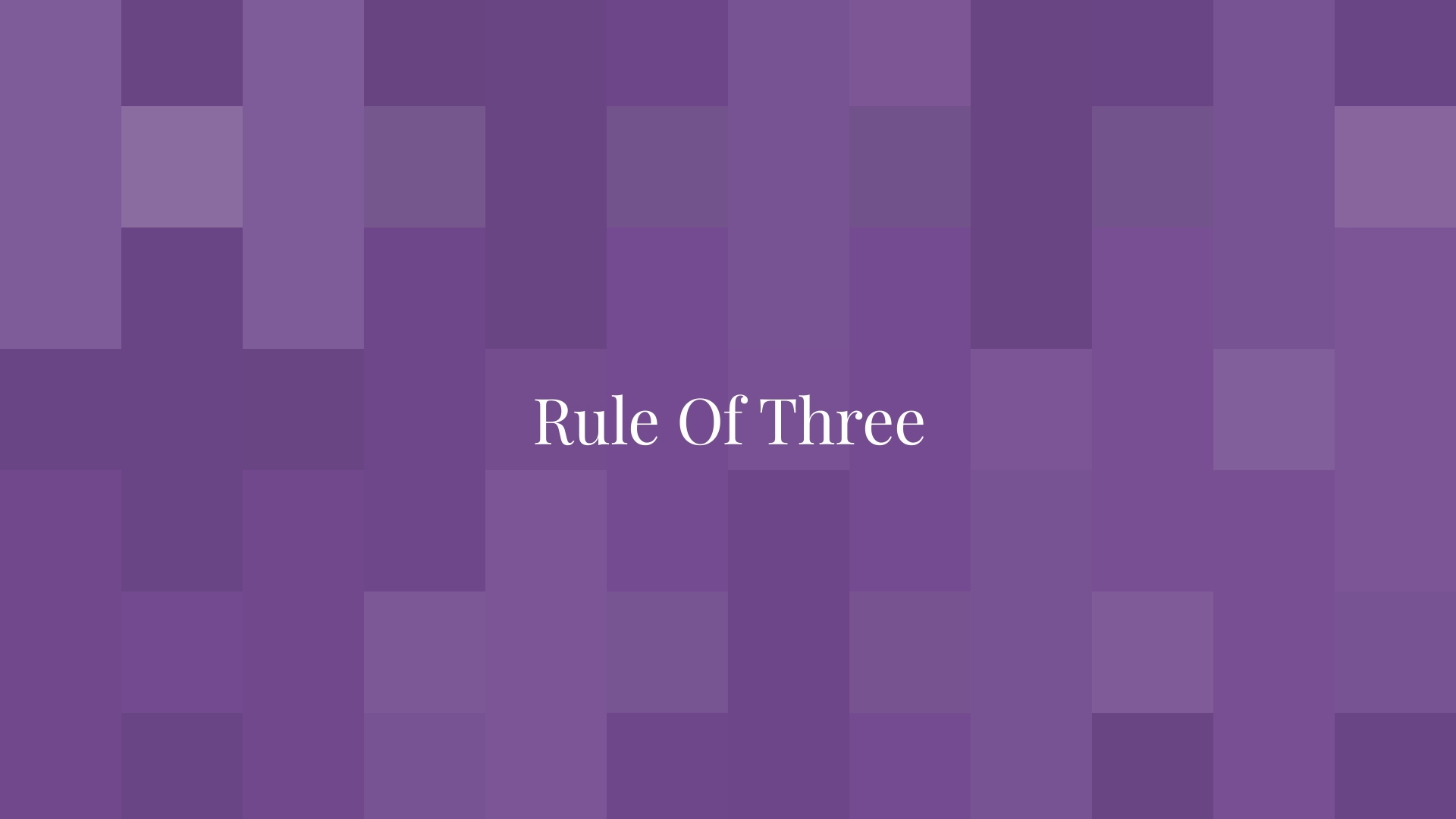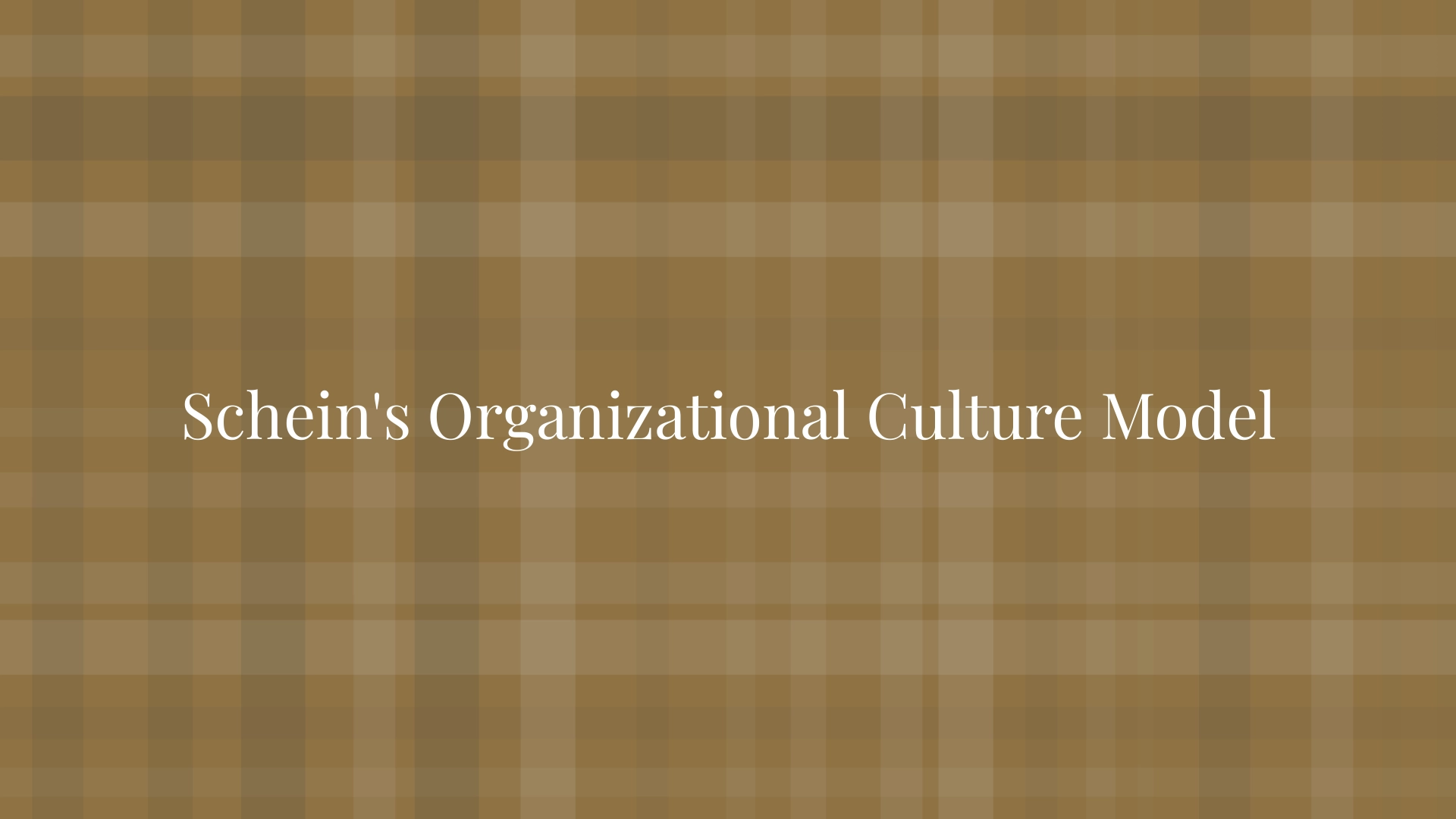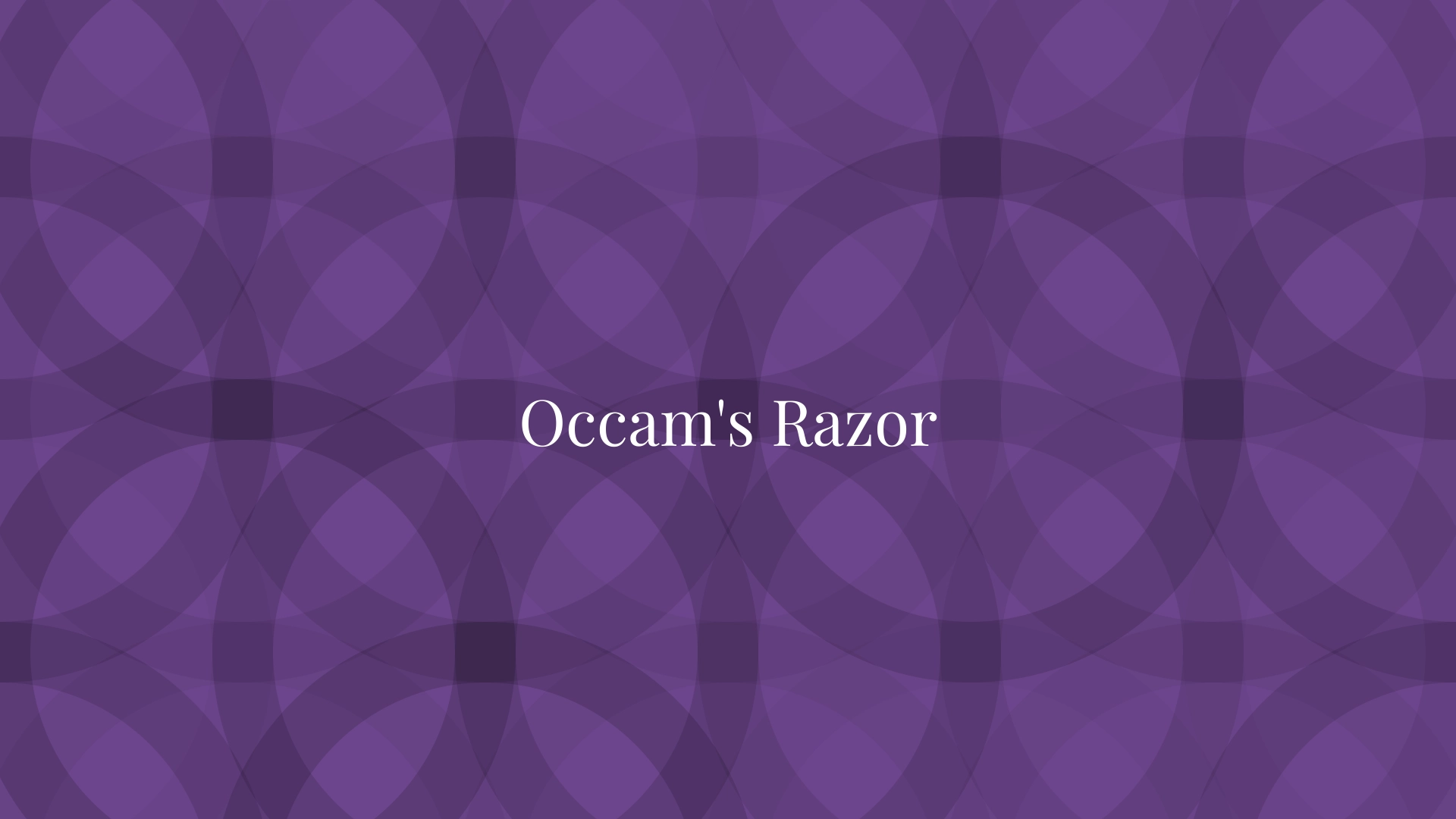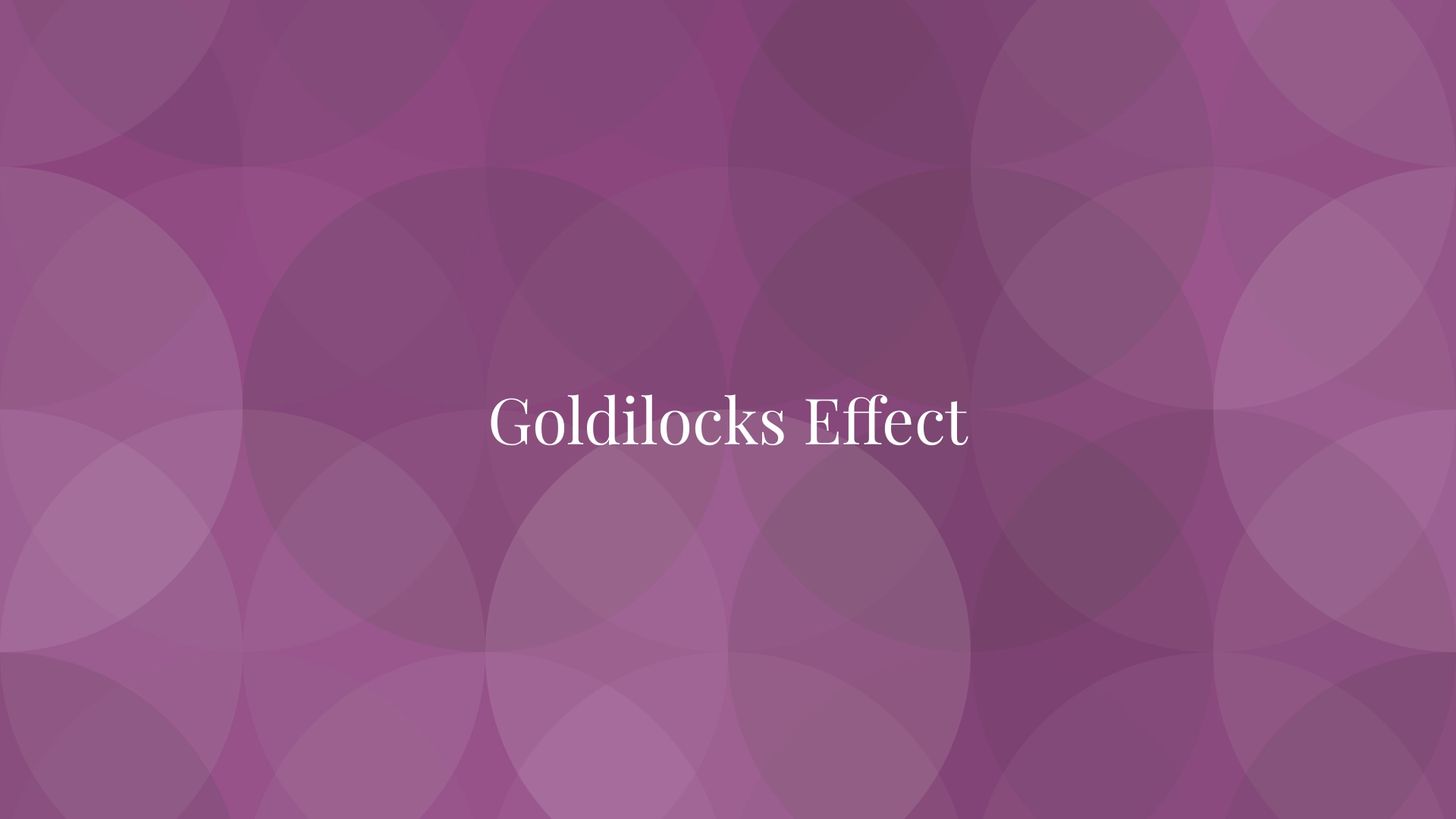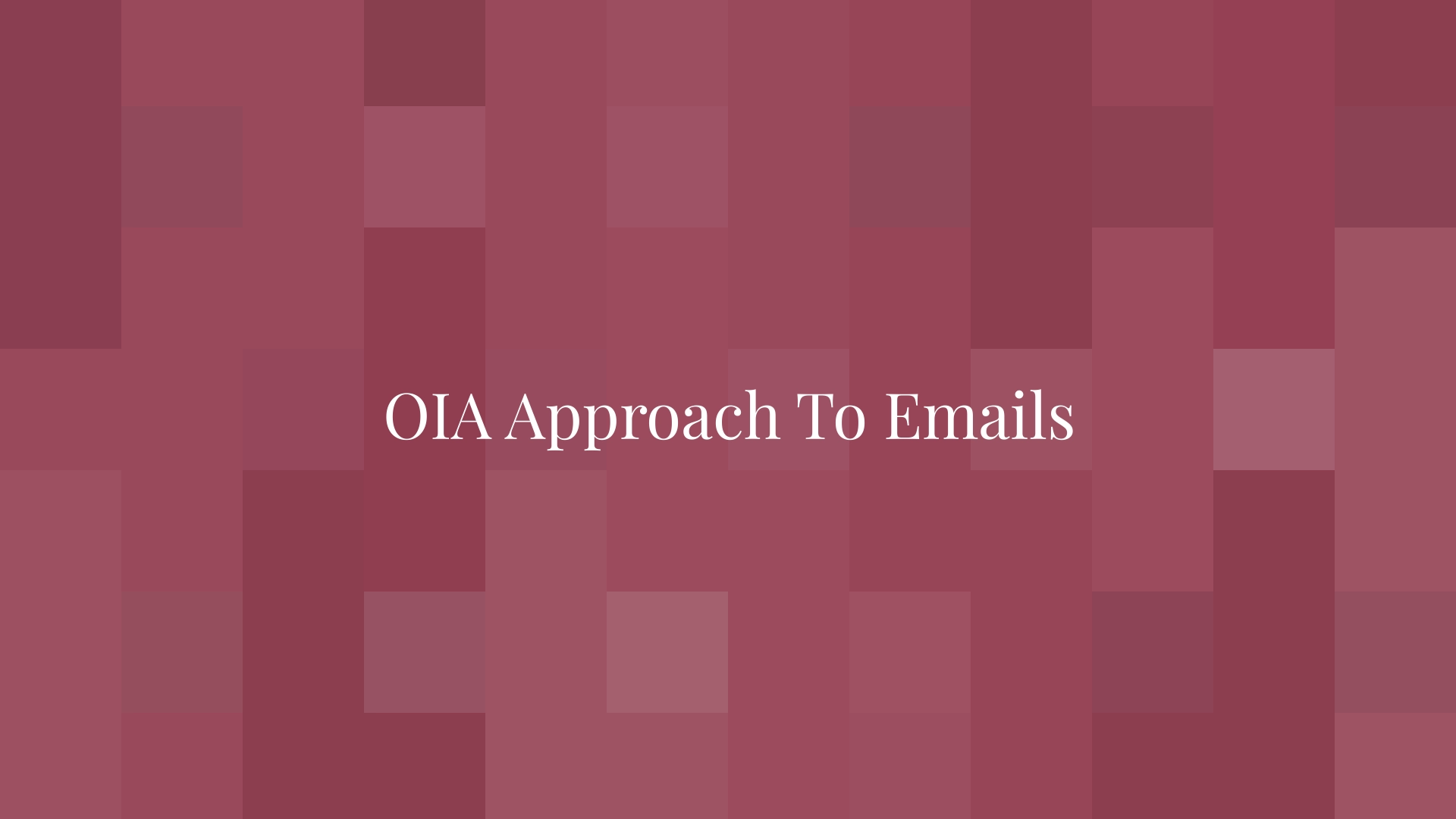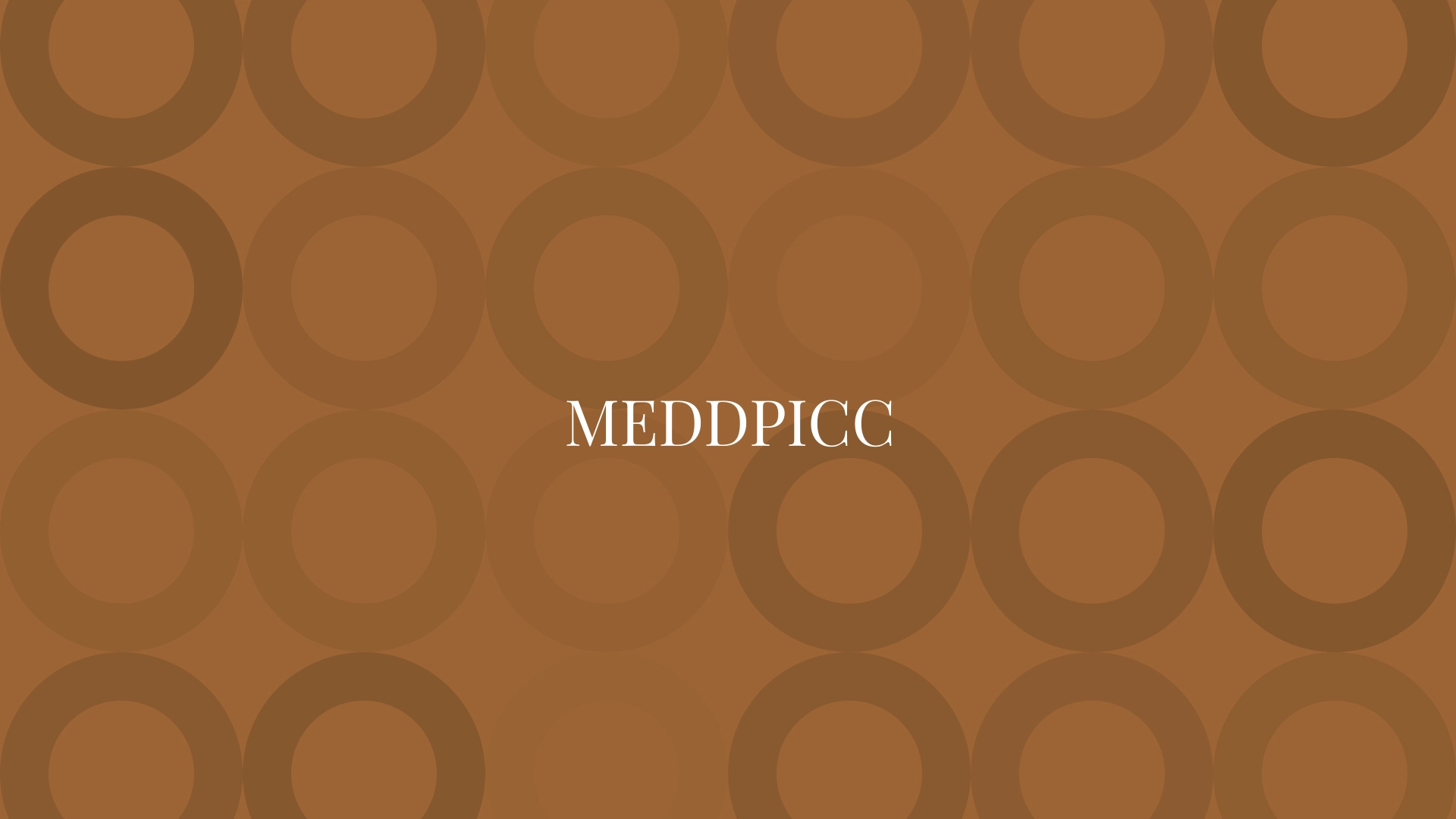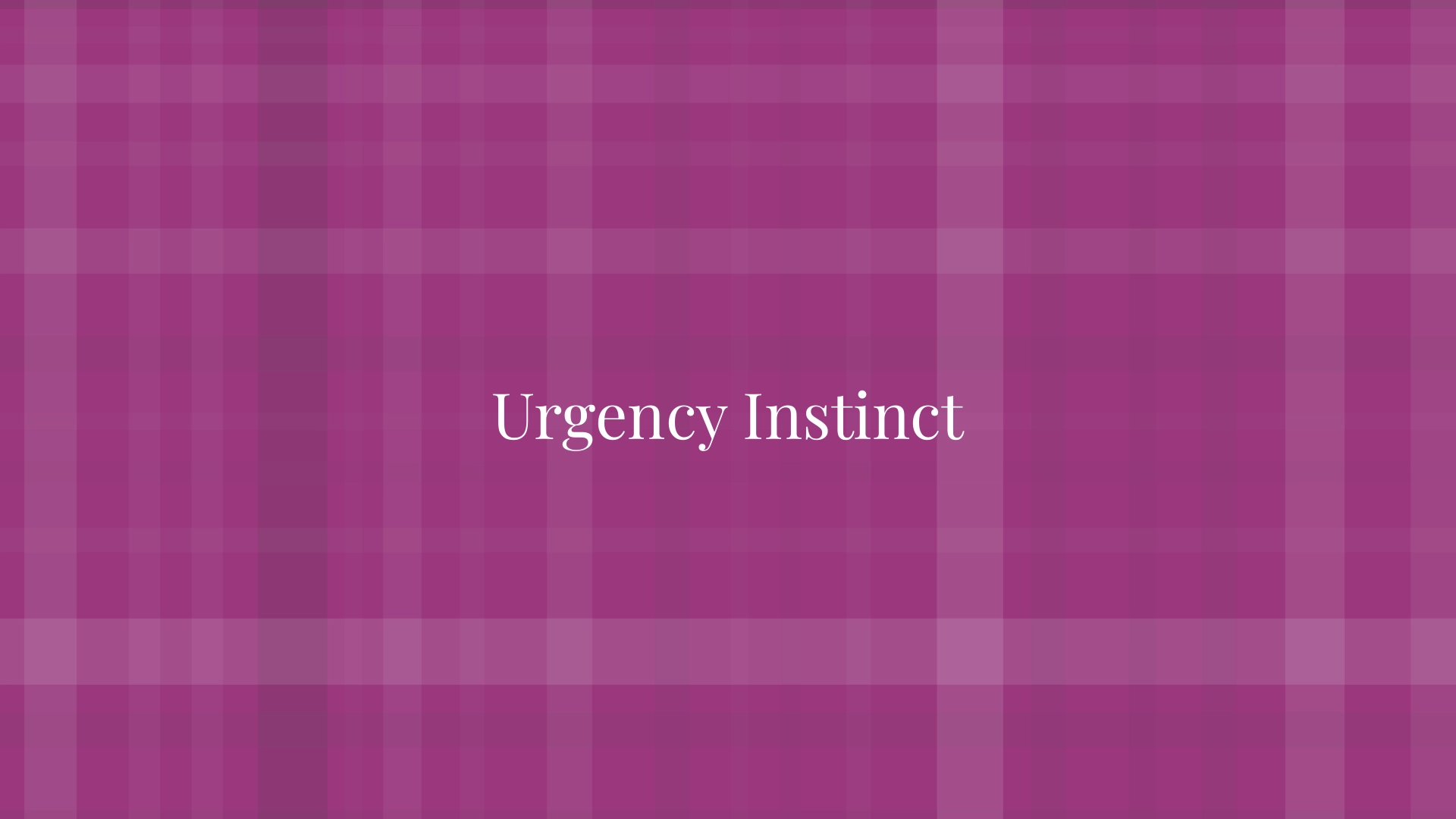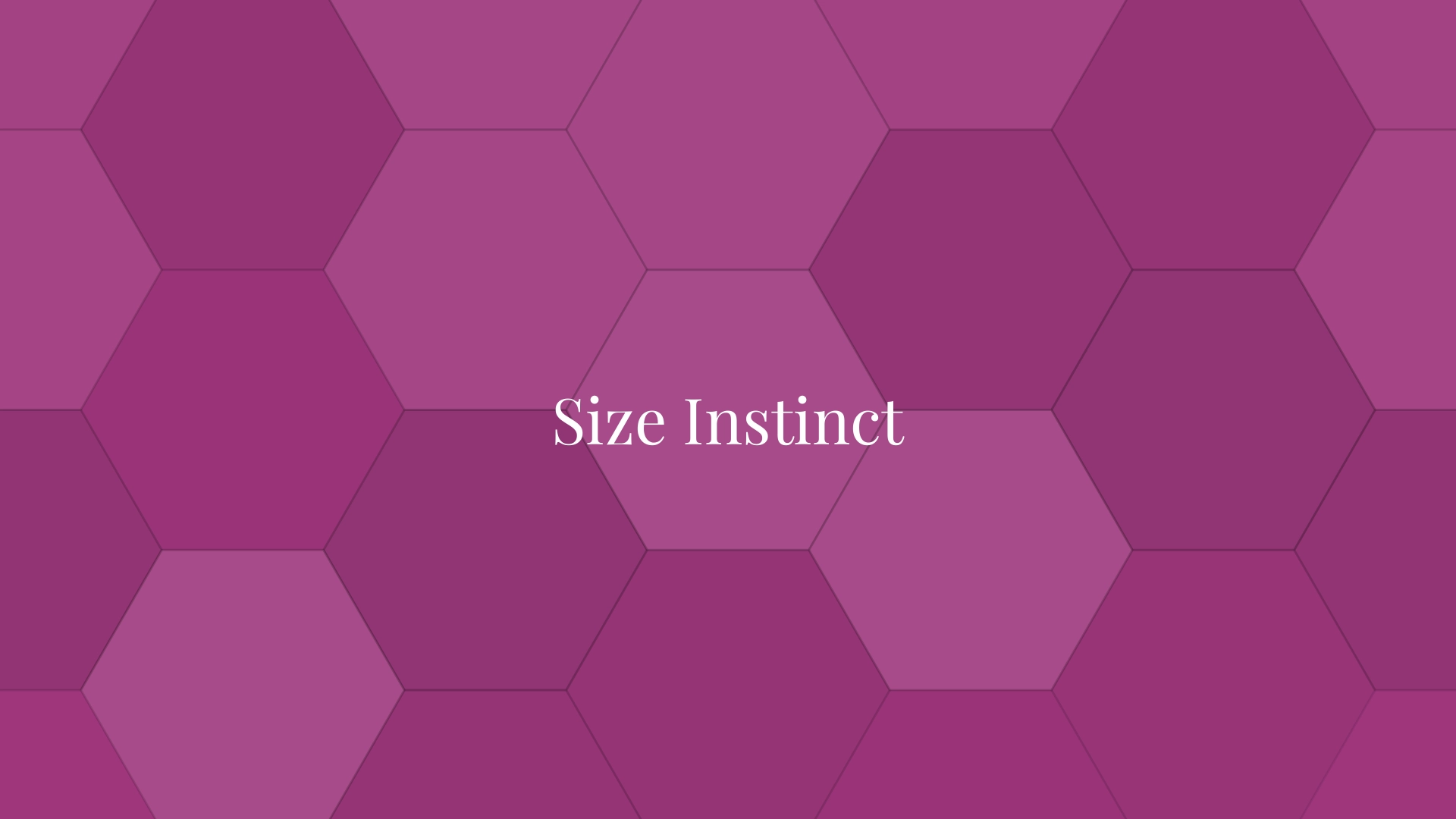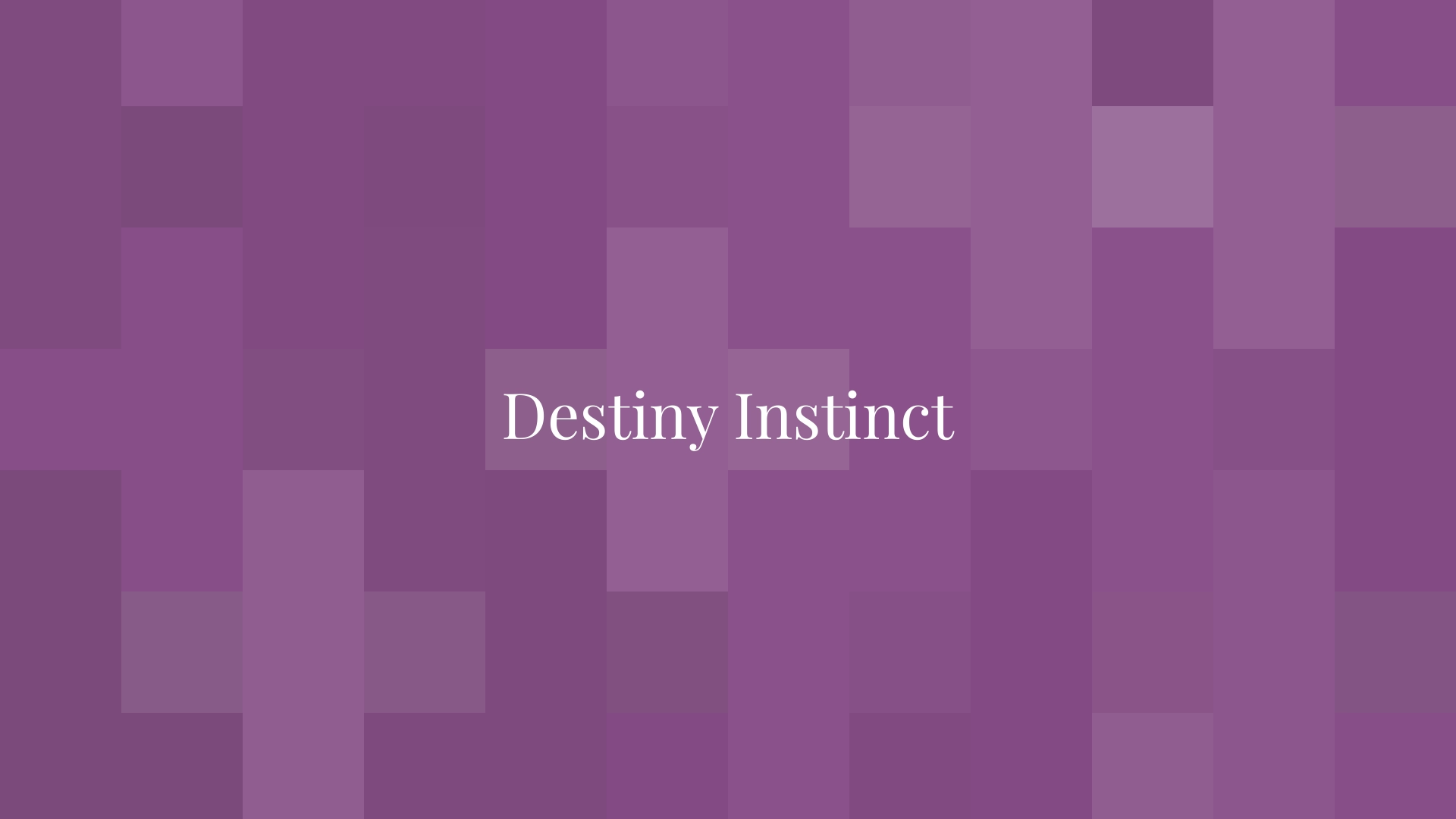Rule Of Thirds
A framework to create compelling, visually balanced and engaging images and slides
Rule Of Three
A persuasive communication technique that enhances delivering key messages
Schein’s Organizational Culture Model
Edgar Schein's model provides a framework for understanding and shaping organizational culture
Occam’s Razor
A principle that suggests the simplest explanation is often the correct one
Goldilocks Effect
The Goldilocks Effect illuminates our inherent inclination towards balance and moderation
EPIC
An approach to communication with empathy, purpose, insight, and conversation to drive change
OIA Approach To Emails
The OIA approach: orient, provide information, and call to action to write effective emails
SPIN
A sales methodology that focuses on asking effective questions to uncover customer needs
MEDDPICC
A powerful sales methodology to understand customers needs and close deals
Urgency Instinct
A mental model that triggers the feeling of impending danger and encourages immediate action
Size Instinct
The size instinct is a cognitive bias that assumes the size of something is directly proportional to its importance, significance, or impact
Destiny Instinct
The destiny instinct is the tendency to believe that some things are meant to happen and cannot be changed

